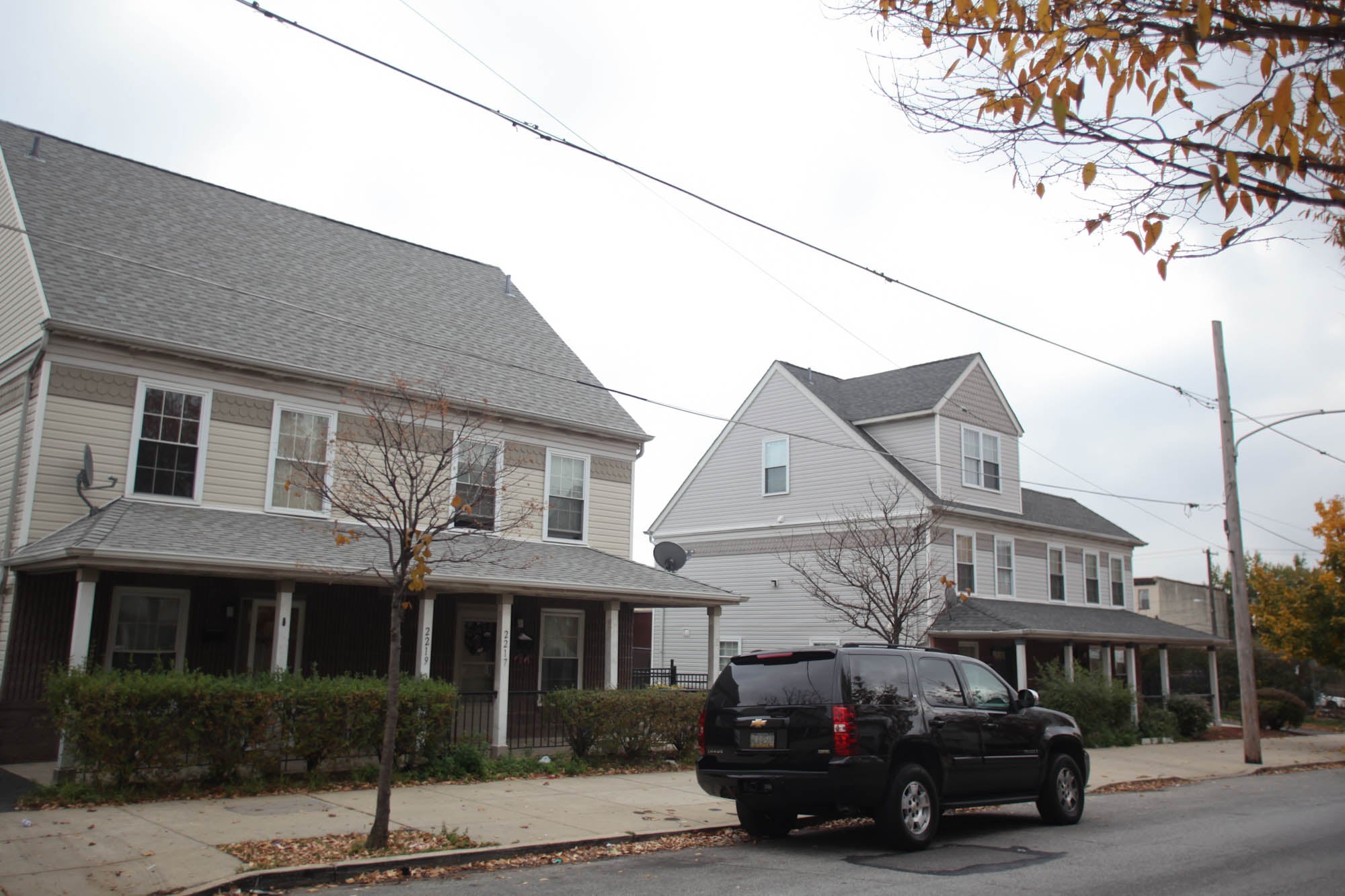Council to hold hearings on housing affordability in Philadelphia

Low-income households make up a full three quarters of Philadelphia’s population of renters, according to the Federal Reserve Bank of Philadelphia.
That statistic comes from a study on the affordability and availability of rental housing in the region that was published last month and presented, in Philly-centric form, to City Council staff members on Monday.
The presentation was meant as a primer on housing affordability in Philadelphia, which Council will focus on in fuller detail during two hearings next month before the Committee on Housing, Neighborhood Development, and the Homeless. Keith Wardrip, the Philadelphia Fed’s community development research manager, presented the report.
Among the other findings:
-
41 percent of renters in the city are considered extremely low-income, meaning they earn only up to 30 percent of Area Median Income, or up to $23,100 for a family of four.
-
Another third of renters are very low-income or low-income, earning between 31 percent and 80 percent of AMI.
-
Of the renters who qualify as extremely low-income, more than 70 percent are severely cost burdened when it comes to housing, meaning they spend more than half of their monthly income on rent.
-
Only 4 percent of low-income renters—those making between 51 percent and 80 percent of AMI—are severely cost burdened.
-
42 percent of low-income renters are cost-burdened, however, meaning they spend more than 30 percent of their income on rent. That figure, based on 2012 data, is up from 25 percent in 2007, suggesting that affordable homes for higher-earning low-income renters are becoming scarcer.
The Fed’s report is based on data from the U.S. Census Bureau’s American Community Survey. Its findings for Philadelphia are presented citywide; the sample size was too small to narrow the findings to neighborhoods or census tracts, according to Wardrip.
The tightening market for affordable housing in Philadelphia isn’t unique. According to Wardrip’s presentation, median rents rose 10 percent nationwide between 2000 and 2012; during the same period, median renter income decreased by 13 percent.
It’s worth zooming in a bit on the data about extremely low-income renters. The Fed’s study focused on availability as well as affordability of rental housing, and, as you might assume, the availability of affordable housing shrinks the lower down the income ladder you go. For every 100 extremely low-income rental households, only 38 affordable units are available in the city. The typical extremely low-income family pays $528 in excess of what would be considered affordable for monthly rent.
Wardrip noted that the 30-percent target is a flexible rule of thumb. Wealthy households are free to spend more than 30 percent of their income on housing, he noted, and still wouldn’t be considered “cost burdened” by most people. On the other hand, a poor family could pay rent that technically falls under the 30-percent threshold, but the rent might still present a burden because of how little income they have.
This last point bears emphasis. At the very lowest end of the income scale, the notion of affordable housing almost breaks down altogether. As my colleague Jon has pointed out, some Philadelphians—many, in fact—are so poor that nothing is truly affordable.
The Philadelphia Housing Authority closed its Housing Choice Voucher program waiting list a few years back after it reached 100,000 applicants, as Herb Wetzel, Council’s director of housing and community development, pointed out at Monday’s briefing.
City Council will take up the issue in two parts. Next Monday, at 1 p.m., the committee will hear testimony on the scope of the need for more affordable housing in the city. On April 27th, it will hold a second hearing on potential policy solutions to the problem.
See earlier coverage of the Fed’s region-wide study from Keystone Crossroads here.
WHYY is your source for fact-based, in-depth journalism and information. As a nonprofit organization, we rely on financial support from readers like you. Please give today.






